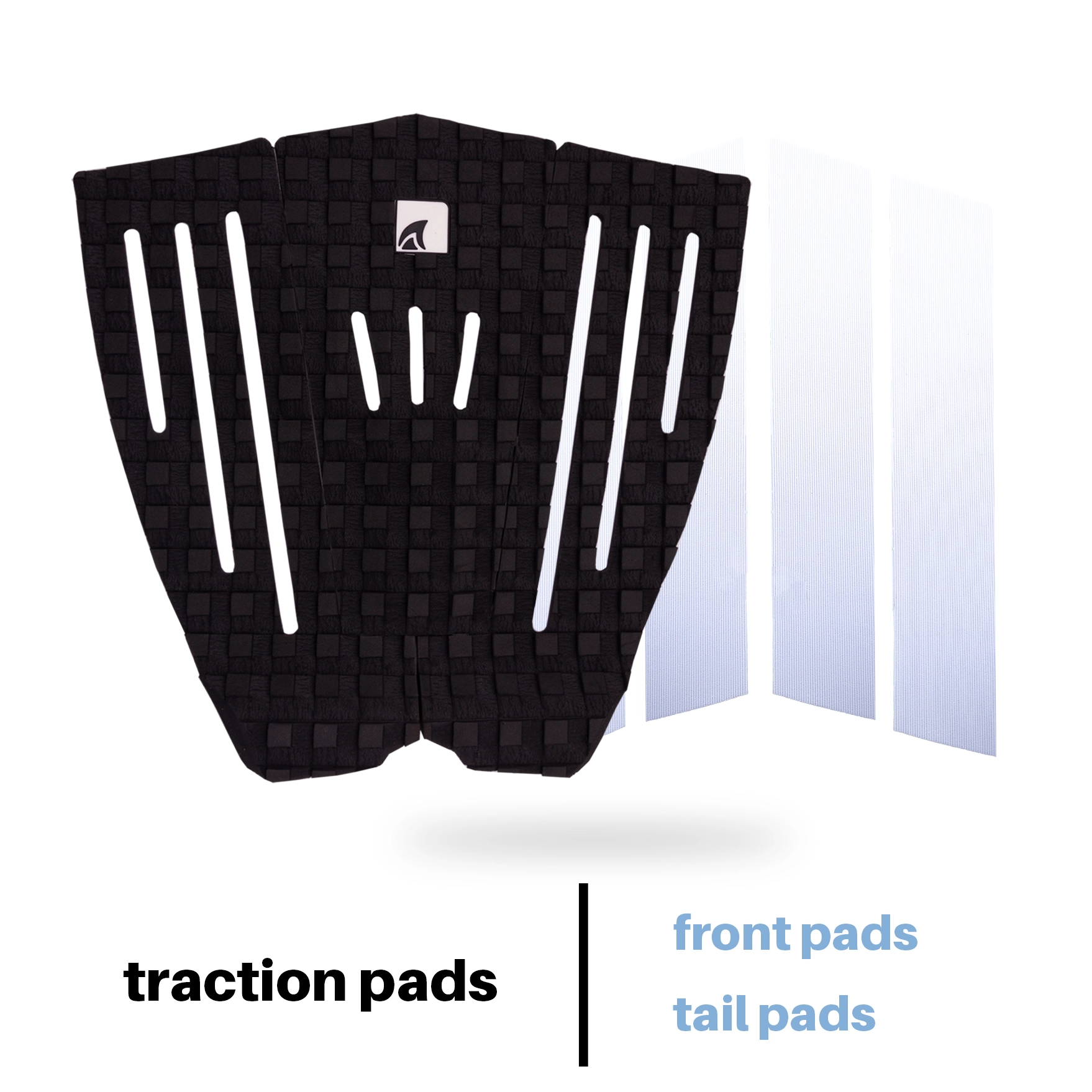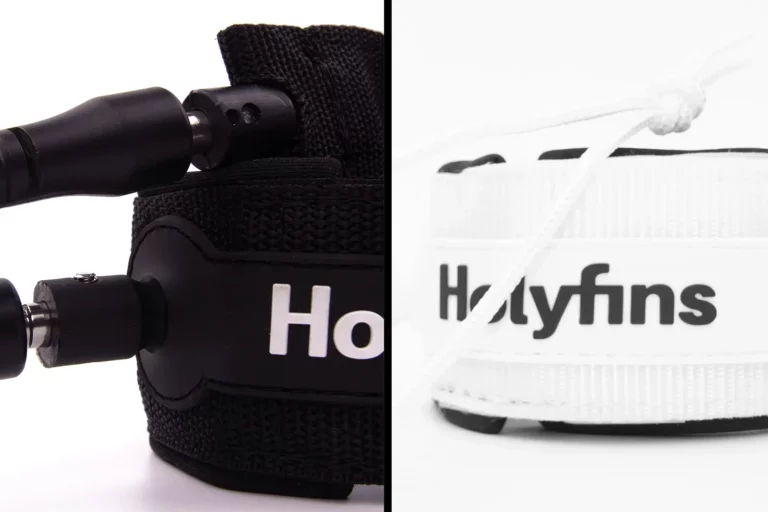If you’re considering buying a second-hand surfboard, there are a few important steps you should follow to ensure you make a smart and informed purchase. We have put together this guide to help you navigate the process in 5 steps. You will just have to:
Understand what to buy:
When buying a second-hand surfboard, it’s crucial to know what type of board is suitable for you. Intermediate and advanced surfers may already have a good idea of their preferences. However, for beginners and first-time board buyers we heavily suggest you opt for a board that is above 7’0″ in length without a pintail and a lot of rocker ( a board that doesn’t curve like a banana and without a narrow tail). Do not make the mistake of purchasing a shortboard as your first board, and stay away from boards with unusual shapes, homemade constructions, and obscure fin systems. Know that Popout boards made from tuflite or similar materials but also softboards should be priced lower. On the other hand, surfboards crafted with more traditional constructions in the USA, Europe, and Australia are often priced higher due to their perceived higher quality.
Check your local listings:
Start your search for a second-hand surfboard by checking local listings. Online platforms such as Facebook Marketplace and Facebook groups (which can be quite active in certain regions) are great places to look. Moreover, specialized surfboard-swapping websites and classified ads websites in your country, like Craigslist in the USA or Le Bon Coin in France would have a lot of board listings. Don’t forget to visit local surf shops or check bulletin boards where people often post ads for used surfboards. Be aware that getting a board far from you shipped to you by a non-professional is very risky and would be seen as dodgy by most sellers as it’s a source of many scams online.
Contact the seller:
Once you find a potential surfboard, reach out to the seller. Inquire about the board’s history and whether it has any damages not shown in the pictures or mentioned in the description. Many sellers only showcase their surfboards from their best angles, so it’s essential to gather all the necessary information. You can also start negotiating the price, keeping in mind that pricing can vary significantly based on location and local demand for surfboards. If the seller’s responses satisfy your concerns and expectations, it’s time to arrange a meeting to inspect the board. You should ask the seller to meet with a board cleaned of wax and in broad daylight as it will be easier for you to evaluate the board during the next step.
Meet the seller and inspect the board:
While it’s not common at all for sellers to allow testing, you must still examine the board closely. Use your eyes and hands to check for any potential issues. Here are the important things to look for:
While this inspection process may seem overwhelming, it shouldn’t take more than five minutes, and it will provide valuable insights into the board’s condition. It’s important to note that not all sellers have malicious intentions; many are simply looking to sell a board they no longer use. If you come across a particularly good deal, try to act quickly to secure it before others. Remember, searching for boards can be an enjoyable pastime for some, allowing them to test multiple boards during their free time. Happy hunting!
Is there anything you would like us to include? If you have any questions or suggestions, please leave a comment below.
Also, if you are in need of surfing equipment, we invite you to check out our high-performance and affordable Fins, Traction Pads, and Leashes. We offer worldwide delivery!










Leave a Reply